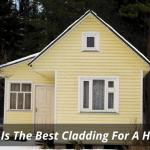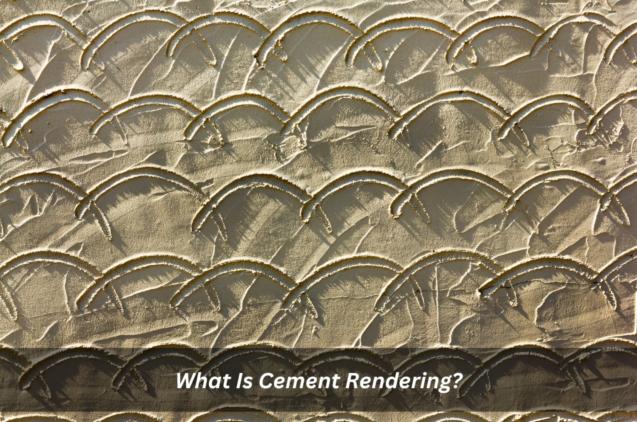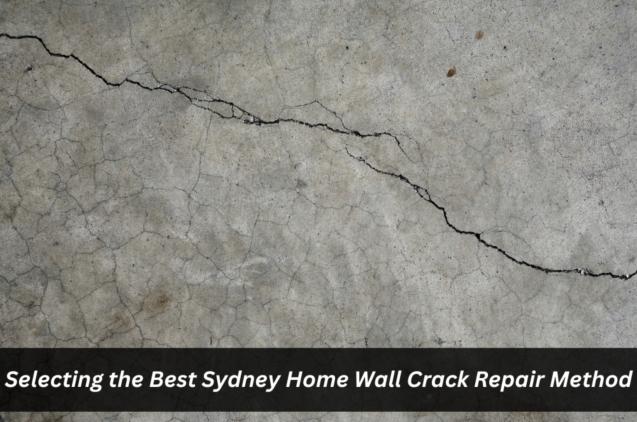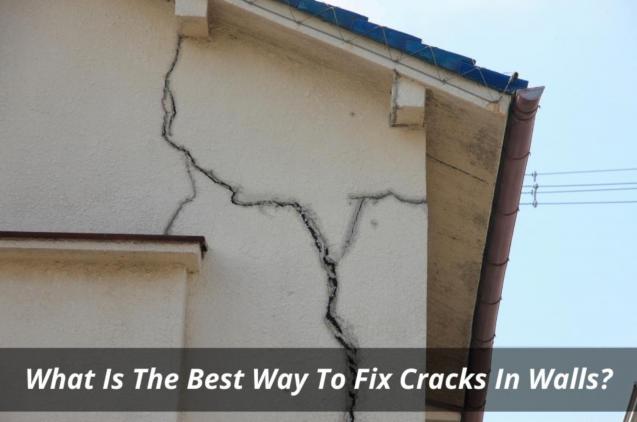As a homeowner, you want to make sure that whatever materials you choose for the external cladding of your home are durable, attractive, energy efficient, and cost effective. Choosing the wrong type of cladding products may mean that your house ends up looking unfinished or even unattractive.
Cladding is the name given to the siding material that surrounds the outside walls of homes, such as brick, stucco, vinyl, cedar shake shingle, wood shakes, etc. Cladding comes in several styles and colours, depending upon the climate region and the style preferences of the homeowners.
Choosing the right cladding materials for your home depends on three things: your budget, the look you desire, and the weather conditions where you live.
You should start by thinking about your personal aesthetic and personality before deciding which exterior wall cladding design would go well with your home. A great way to get started is by checking out some samples in a showroom.
This will give you an idea of what types of designs you can find. Then, if you have any questions regarding the different types of cladding solutions or which one might be best suited for your needs, you can look for a rendering service near you to assist you more.
Different Types of Cladding SystemsWeatherboarding is a type of exterior wall covering system that is commonly found in older homes. It consists of wooden planks nailed onto an outside wall surface. These boards must be installed properly so that they do not fall off.
They also require periodic painting to maintain their appearance. Because these boards are nailed into place, they cannot be removed without damaging them.
Stone cladding offers added protection from extreme weather conditions, including rain, snow, wind, hail, and frost. It’s also a beautiful architectural design that complements any building type.
The concrete cladding has several benefits including providing high-quality insulation, protecting against weather conditions, and reducing noise. However, concrete cladding requires periodic maintenance to maintain its appearance.
Bricks are another kind of cladding material that can be used for cladding both homes' exteriors and interiors. Refreshing the interior space, featuring walls, or the exteriors of the structure by utilizing this versatile material. Brick claddings significantly cut the building cost, saving you enough energy, and cash compared to other construction techniques.
Timber claddings use wood as a layered material for their walls. They're not only attractive but they're also durable and can be reused over time. However, these types of walls need some maintenance every now and then, to avoid moisture, bugs, or just to change the colour.
Aluminium claddings are among the most effective types of exterior claddings available today. They're lighter than steel, resistant to corrosion, and environmentally friendly.
- Scyon Cladding/Fibre Cement Cladding
Scyon claddings (also called fibre-cemented) can be applied to both interior and exterior surfaces of buildings, including roofs and it helps add fire resistance. One example of this type of material is Axon Clad from James Hardie.
Probably one of the greatest cladding types is the utilization of plastic. Plastic cladding is simple to set up and easy to install, offers fantastic insulating properties, and needs little upkeep. Plastic boards are safe, strong, adaptable, and offer incredible warmth. Plastic boards resist weather conditions such as rain, snow, wind, and sun.
Plywood is an excellent choice for building exteriors because of its strength, insulation, resistance against external wall cladding impacts, flexibility, affordability, and most importantly, plywood outperforms real wood in terms of strength.
Polystyrene sheets refer to any type of plastic exterior sheathing on buildings that are not usually considered architectural materials. These include thin sheets used for roofing and siding (wallboard) in residential construction, lightweight panels (used between studs), and rigid foam insulation boards commonly seen behind drywall.
Hope this blog helps you choose what’s the best cladding for your house.




